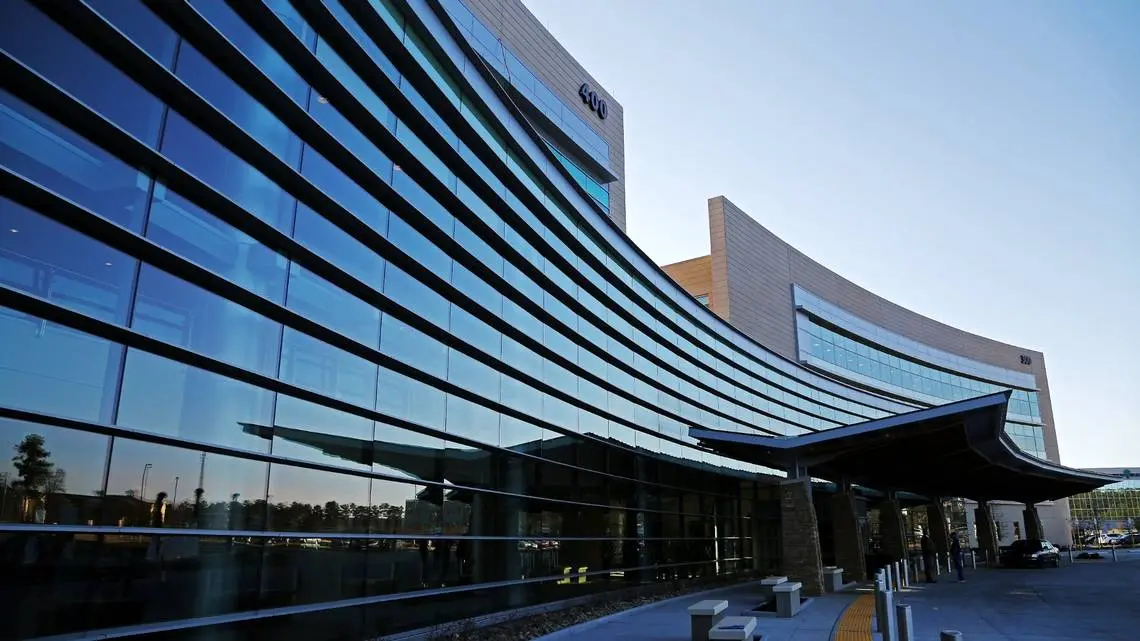When it comes to healthcare, we typically think of making sure we receive quality treatment. But something that is just as important is often missed: hospital safety. A new, wide-ranging ranking has revealed Maryland’s safest hospitals, and will provide an invaluable service to patients across the state.
Why Hospital Safety Matters?
The state of Maryland’s hospital infrastructure and system has changed considerably in recent years. With more than 50 hospitals across Maryland, and over six million people needing care, it’s often a matter of life and death to know which hospitals are committed to providing safe patient care.
“Hospital safety metrics might look like numbers on a page, but they predict patient outcomes,” said Dr. Sarah Jenkins of the Maryland Medical Association, who is the Patient Safety Director. “If a hospital shows low infection metrics and good safety procedures, there is a meaningful distinction between uncomplicated and prolonged recovery when you undergo procedures. ”
For residents who live in Maryland, this ranking is uniquely beneficial when determining a choice about treatment. Whether a patient is making plans to schedule an elective procedure or deciding what hospital to go in an emergency, it is very valuable for patients to know which hospitals are focused on preventing harm.
How Hospitals Were Ranked
The ratings ranked Maryland hospitals based on multiple measures, with a firm review of various measures. The analysis was primarily pulled from the Centers for Medicare and Medicaid Services (CMS) and The Leapfrog Group on:
- Hospital-acquired infection rates (CLABSI, CAUTI, and surgical site infection rates)
- Patient fall incidence rates and preventable complications
- Safe nursing staffing levels and nurse-to-patient ratios
- Surgical safety practices, including the sterilization of surgical instruments
- Emergency care protocols and response times
- Preventing medication errors
Each hospital was given a composite safety score according to those factors, with infection prevention and staffing levels being weighted the heaviest because the evidence continues to show better patient outcomes with these measures.
Maryland’s Top 5 Safest Hospitals
After analyzing the data, five Maryland hospitals distinguished themselves with exceptional safety records:
- Johns Hopkins Hospital (Baltimore) – 98.5/100With virtually zero hospital-acquired infections last quarter and industry-leading cardiac care, Johns Hopkins maintains its reputation for excellence. Their staff-to-patient ratio exceeds national requirements by 27%.
- University of Maryland Medical Center (Baltimore) – 97.2/100UMMC stands out for its comprehensive staff training programs and outstanding oncology department. Their implementation of AI-driven error prevention tools has reduced medication errors by 43% since 2021.
- Anne Arundel Medical Center (Annapolis) – 95.8/100This community hospital punches above its weight with exceptional infection control protocols and specialized maternal care. “We’ve invested heavily in creating a culture where safety is everyone’s responsibility,” says Clinical Director James Wilson.
- Adventist HealthCare Shady Grove (Rockville) – 94.1/100Leading Montgomery County in patient safety, Shady Grove excels in surgical care safety with their advanced sterilization protocols and real-time monitoring systems.
- Mercy Medical Center (Baltimore) – 93.7/100Renowned for its women’s health services, Mercy combines cutting-edge technology with compassionate care. Their automated medication dispensing system has virtually eliminated dosing errors.
Geographically, Baltimore-area hospitals dominate the top rankings, though strong performers appear throughout the state, including Western Maryland Regional Medical Center in Cumberland (ranked 7th) and Peninsula Regional Medical Center in Salisbury (ranked 9th).
What Makes These Hospitals Safer?
The safest hospitals share several common practices:
- Integration of advanced sterilization protocols that exceed CDC requirements
- Implementation of real-time patient monitoring systems that alert staff to potential complications before they become serious
- Comprehensive staff safety certification requirements with regular refresher training
- Technology-enabled safety measures, including AI-powered error prevention and automated medication systems
- Strong safety culture where reporting concerns is encouraged rather than penalized
One patient, Deborah Lewis from Silver Spring, experienced the difference firsthand: “After complications from a routine procedure at a lower-ranked hospital, I switched to one of the top 5 for my follow-up care. The difference was remarkable—staff constantly checked on me, explained everything thoroughly, and coordinated perfectly between departments.”
What This Means for Maryland Patients
When choosing a hospital, Maryland residents should consider:
- Looking beyond proximity to examine safety scores
- Asking specific questions about infection rates, especially for planned procedures
- Checking if your insurance covers care at higher-ranked facilities
- Understanding that certain specialized treatments may warrant traveling to a safer hospital
“Patients don’t have to be afraid to advocate for themselves,” advises Patricia Dominguez of the Maryland Patient Safety Coalition. “Ask your provider, ‘What are your current infection rates? or ‘How do you do medication reconciliation?’ If they are willing to answer your questions openly and transparently, this will tell you a lot.”
Most encouraging of all is the overall improvement over the past several years. Across Maryland, the state’s average safety score has improved by 12% since 2019. COVID-19 has even paradoxically sped up the implementation of some safety measures in many hospitals.
The Future
Maryland’s Total Cost of Care Model, the first of its kind in the United States, encourages hospitals to seriously consider prevention and safety. The new model, along with collaborative efforts between community hospitals and academic medical centers, including Johns Hopkins, places Maryland in a unique national position for leading safety innovation.
Though these safety rankings will certainly provide helpful insight to patients, keep in mind that they are not the only factor in determining the best hospital for you. The best hospital for you is best defined by your own medical condition, health insurance, and personal preferences. Use these safety rankings as one component in your decision, which may be the most important, regarding your personal health.
